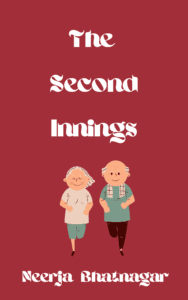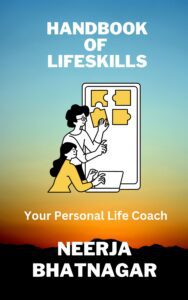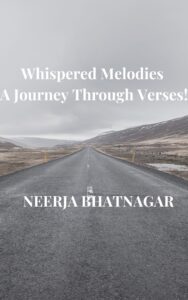Ah, Valentine’s Day—the day of overpriced roses, questionable poetry, and heart-shaped balloons that serve no functional purpose. Every February 14th, the world collectively loses its mind over a concept that India has been practising for millennia, albeit with fewer hashtags and more elaborate rituals.
For the first time in years, I didn’t hear of moral police chasing down couples and forcing them into involuntary marriage. Looks like the Mahakumbh effect. But before the West exported pink teddy bears and candlelit dinner dates, what did love look like in India? Let’s take a humorous stroll down history lane and explore love before Valentine’s Day turned into a commercial juggernaut.
Love, The Vedic Way
Long before social media and Hallmark cards, the Vedic sages had already cracked the love code. They didn’t need dating apps—they had the cosmic concept of Purusha, the ultimate being, who was split into two by Brahma to create the universe. Sky from the earth, light from darkness, and—most importantly—a man from woman. Since that fateful day, humans have been scrambling to find their missing half.
In today’s terms, Purusha’s predicament sounds like a divine version of online dating:
- Brahma: Swipe left or right?
- Purusha: No choice, you’re splitting me in half.
Thus began humanity’s eternal quest for unity, which today manifests as desperate texts that read, “U up?”
Five Stages of Love, Ancient Indian Style
The sages of ancient India didn’t believe in love at first sight. Instead, they proposed a five-tiered journey of love—one that doesn’t require heart-shaped chocolates but does demand a bit of emotional intelligence.
1. Kama – Sensory Craving
The first stage of love, kama, is the most basic: physical attraction. The Kama Sutra, often mistaken for a glorified yoga manual, was a deep philosophical text on desire, relationships, and—yes—creative positioning. Ancient Indians believed attraction was natural and essential, not something to be suppressed under moral policing.
If the sages were alive today, they’d probably advise, “Stop acting like love is all about grand gestures.”
2. Shringara – Rapturous Intimacy
The romance was no casual affair in ancient India. Courtship was a highly refined art, involving poetry, music, and hours of longing glances across temple courtyards. The grandest example? Radha-Krishna, whose divine love was filled with playful banter, stolen glances, and an entire genre of devotional poetry.
Compare that to today’s romantic efforts:
- Ancient lover: Writes a poem in Sanskrit, and waits ten days for a messenger to deliver it.
- Modern lover: Sends “wyd?” at 2 AM.
We have regressed.
3. Maitri – Compassionate Love
At this stage, love expands beyond the romantic. Maitri is the kind of selfless, generous love that doesn’t expect anything in return. The kind of love a mother has for her child—or the patience required to explain technology to your parents.
Think of figures like Swami Vivekananda or Rabindranath Tagore, who emphasized love beyond the self. They’d likely advise, “Stop looking for The One. Be The One who spreads love—whether through kindness, poetry, or just sharing your WiFi password.”
4. Bhakti – Devotional Love
Love isn’t just about people; it can also be for ideals, causes, and higher pursuits. Saints like Meerabai didn’t just love Krishna—they were love itself.
In today’s terms, Bhakti is what you feel when you get the perfect cup of chai on a rainy day. Or the way some people feel about cricket. It’s an all-consuming, irrational, and deeply fulfilling form of love.
5. Atma-Prema – Self-Love
Finally, the highest form of love: loving oneself. Not in the selfie-obsessed way, but in the deep, self-accepting, “I don’t need external validation” way.
Atma-prema means recognizing that love isn’t about finding another person to complete you—it’s about realizing you were whole all along. If only Bollywood scriptwriters understood this, we’d have fewer happily-ever-after endings and more happily-being-alone ones.
Love, The Indian Way
So, before you drown in a sea of Valentine’s Day marketing, take a moment to appreciate India’s centuries-old wisdom on love. Romance isn’t about grand gestures and material gifts—it’s a lifelong journey, one that moves from kama to atma-prema.
This February 14th, whether you’re single, in love, or somewhere in between, just remember: Ancient India knew what it was doing. And it didn’t need overpriced roses to prove it.
Neerja Bhatnagar
Feel free to connect with me on social media to stay updated on more content like this!
Instagram | Facebook | YouTube |Twitter |Podcast |
I have written 3 solo books and 3 anthologies. You can buy my books on Amazon. If you are on Kindle Unlimited, you can read them for free. Pls, do check and share your reviews.



